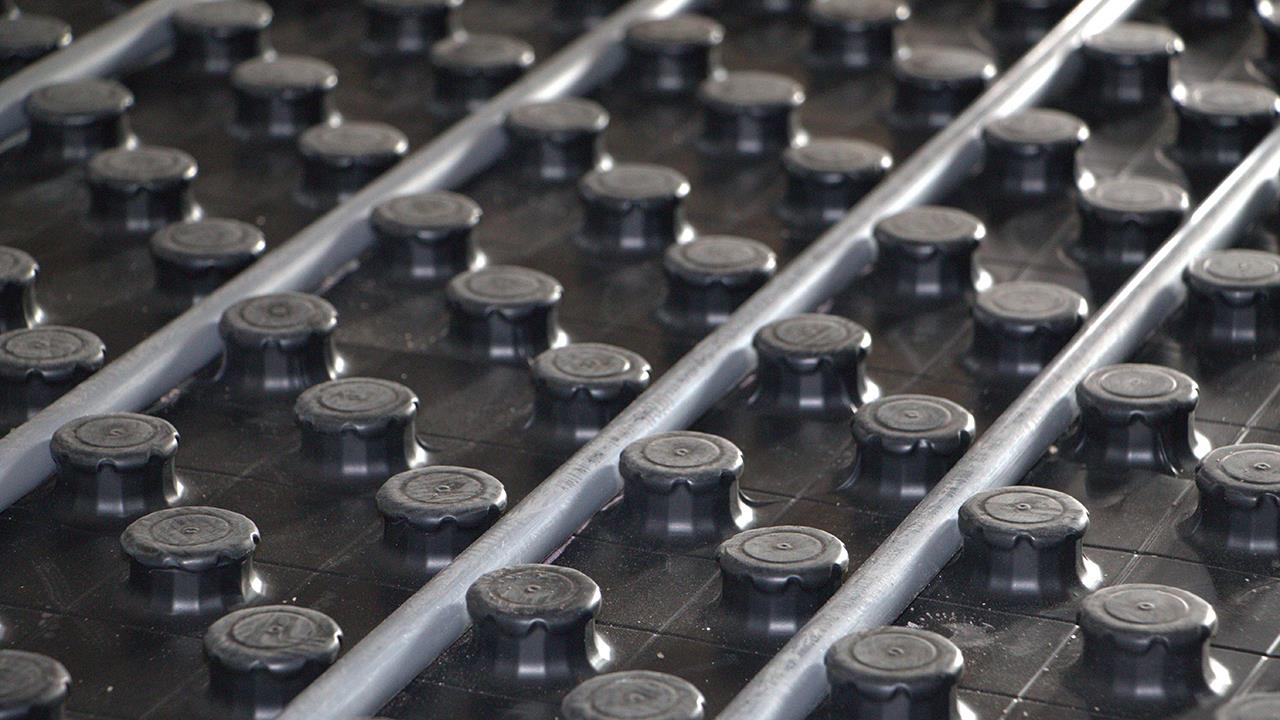

Callum McPhillips, Content Writer at Criterion Flooring, explains what the options are for installing underfloor heating in existing properties.
Traditionally, installing underfloor heating (UFH) in an older property has been difficult. However, due to improving technology, the process is becoming more straightforward, and common. UFH can make a great addition to any property, and can even function as the main source of heating in well-insulated ones.
Previously, installing UFH heating in older properties would require lots of maintenance, and would only be completed as part of a major project. The installation of underfloor heating would often require skirting boards and doors to be removed and even replaced.
Consider the insulation of the property
Older properties are often not as well insulated as newbuilds. This is why it is important to ensure the flooring of a property is insulated well when installing UFH.
Lots of the heat generated from UFH will escape from an uninsulated property, especially through the ground. When installing UFH, creating an insulating barrier underneath the floor structure and the UFH will prevent warmth from escaping underneath the property.
If an old property contains suspended timber flooring, then it is possible to install insulation barriers between the joists. Lots of older properties also contain solid concrete floors, where a layer of the insulating board will be a more effective method of insulation.
It’s also important to consider the equilibrium of the structure of an old property when installing underfloor heating. Concrete floors and damp-proof membranes can result in damp problems in an old property, spreading through the floor and walls. If this is the case, then using limecrete can resolve this issue. Rather than a concrete insulated floor and DPM absorbing moisture below the floor level and spreading throughout the property, limecrete is a breathable material. It doesn’t absorb moisture from beneath the property and also adds another layer of insulation.
Electric or Wet UFH
When installing UFH heating in an old property, the two most popular systems are the electric UFH system and the wet underfloor heating system. The former has always been better suited to install in older properties. However, advancements in wet UFH technology mean it is also possible for this system to be installed in an older property without being too disruptive.
A major obstacle when installing underfloor heating in an older property is whether there is enough space for the system underneath the flooring. Electric UFH, however, uses small cables to provide heat, which can easily be installed underneath the flooring of old properties.
Wet underfloor heating operates with a higher-profile system, due to the system requiring water to heat up sufficiently. This means the process of installing a wet UFH system can be complicated, as there isn’t enough space for the system to be installed beneath the flooring, and raising the flooring is also complicated.
Recent developments, however, have seen wet UFH systems operate with lower-profiles. Rather than being 1.6cm thick, they are 1.2cm. This minimises any disruption and maintenance required and also reduces the need for the flooring to be raised higher.
Installing wet UFH
Most older properties contain suspended timber floors. There is more than one way to install a wet underfloor heating system in an old property.
One method involves taking up the floorboards and placing down a layer of a cut-to-measure insulating board or mineral wool. Then, relay the floorboards with the wet UFH tubes between.
Installing electric UFH
Despite developments made by wet UFH manufacturers, electric UFH is the go-to system for installers working on older properties.
Whereas wet underfloor heating systems may contain thick pipes, roughly 1.6 cm, to carry water, electric underfloor heating systems use cables to carry heat. These cables barely add any height underneath the flooring.
Installing an electric UFH system even in an old property is simple. The installer will need a made-to-measure mat, a thermometer, floor primer, and tubing to install the temperature sensor. The floorboards can be lifted and the cables inserted easily into the gap below to heat.
The cables are placed on matting, then connected into the properties electrical circuit. These can then be operated via the installed thermostat. Electric underfloor heating mats are very thin and can be laid easily beneath floorboards and even tile adhesive.
It is also possible to install electric UFH heating into different zones which can be controlled individually, with a manual controller or smart thermostat.
Due to new advancements in technology, underfloor heating can be installed effectively in an old property. Electric UFH is still the most straightforward type of installation and, thanks to technology, it is now possible for installers to work with water UFH systems in an older property. It is also important for installers to consider the insulation of an older property when installing underfloor heating. Older properties may have poor insulation, especially through the ground, which could reduce the effectiveness of the UFH.
If you'd like to keep up-to-date with the latest developments in the heating and plumbing industry, why not subscribe to our weekly newsletters? Just click the button below and you can ensure all the latest industry news and new product information lands in your inbox every week.